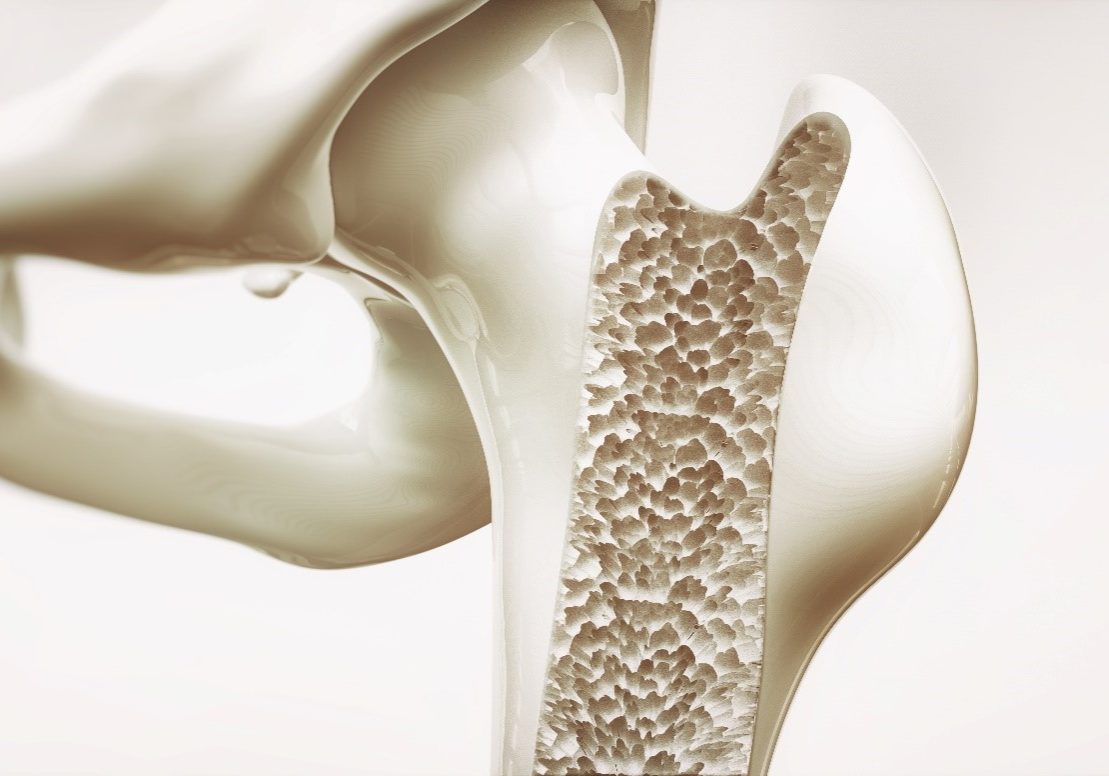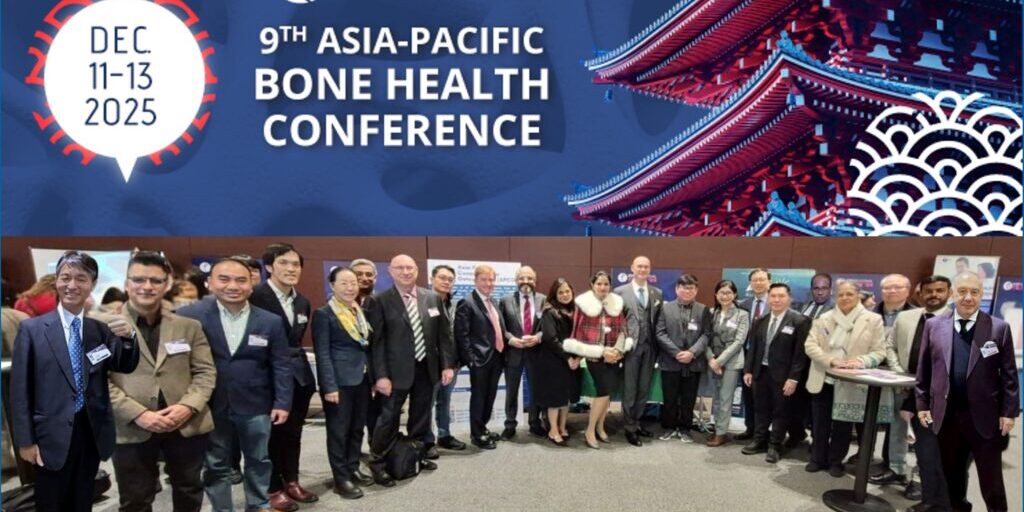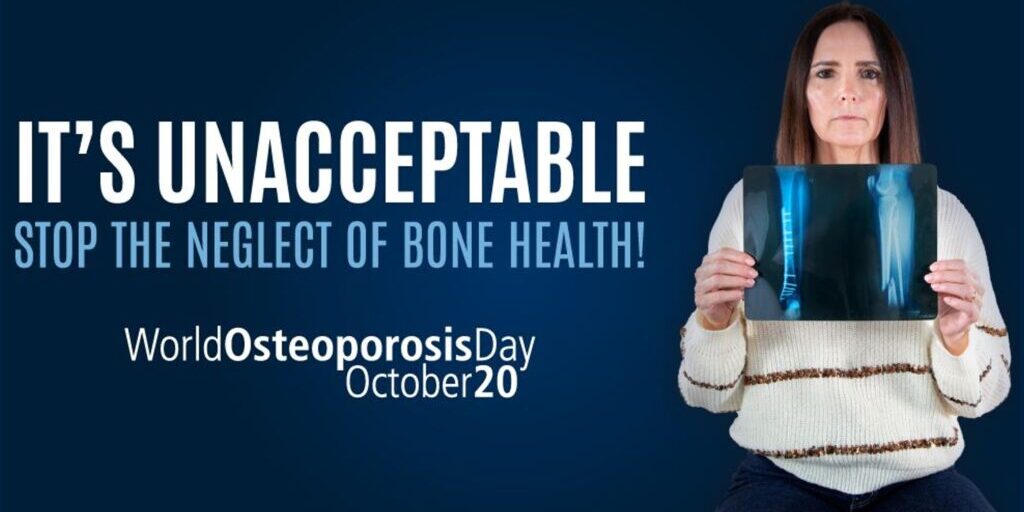Is obesity protective for fragility fractures due to osteoporosis? The answer, although complex, is likely to be no.
While obesity defined by body mass index (BMI) is generally associated with higher areal bone mineral density (BMD) and a lower fracture risk, fracture risk at specific skeletal sites is actually increased. For example, the Global Longitudinal Osteoporosis in Women (GLOW) study showed fracture prevalence and incidence were similar for obese and non‐obese women. However, the risk of incident ankle and lower leg fractures was significantly higher in obese women, while the risk of wrist, hip, rib, or pelvis fractures was lower. Somewhat surprisingly, BMI is actually a better indicator of lean than fat mass. In a large Canadian study of older adults, higher lean mass was positively associated with femoral neck BMD, whereas fat mass did not influence BMD, but adversely affected femoral strength index. Thus, higher lean mass, not fat mass, likely explains the paradoxical positive relationships between BMI and BMD in older adults.
Body fat distribution and falls
Body fat distribution is also more predictive of osteoporotic fractures than BMI. Men with high amounts of visceral adipose tissue have weaker bone mechanical strength, despite having similar BMD compared with men with low visceral adipose tissue. A meta‐analysis also demonstrated higher abdominal adiposity, measured by waist circumference, was associated with an approximate 60% increase in risk of hip fracture. We recently showed that obese older adults by body fat percentage had a higher likelihood of both all incident and non-vertebral fractures, compared with non-obese. Conversely, obese older adults defined by BMI >30 had a lower likelihood of non-vertebral fractures, but this did not remain significant after adjustment for total hip areal BMD. Areal BMD meditated the effects of BMI, but not body fat percentage, on all incident fractures. In addition, an important cause of fragility fractures in obesity is a higher falls risk. We also showed a higher baseline falls risk score was the only consistent predictor of increased likelihood of incident fracture in obese individuals, defined according to both BMI and body fat percentage.
Sarcopenia obesity
The combination of obesity and sarcopenia (inadequate skeletal muscle mass and function) is a particularly bad one for bone health. Obese older adults with sarcopenia may have an increased risk for functional declines. Obesity combined with sarcopenia, defined by the Foundation for the National Institutes of Health (FNIH) criteria, is associated with an increased fracture risk relative to obesity alone, but not an increased rate of falls. The increased fracture risk in sarcopenic obesity is therefore likely to be related to poorer bone strength. In support of this hypothesis, data shows sarcopenic obese older adults have lower areal BMD than obese alone older adults. We have shown that amongst components of sarcopenic obesity, higher appendicular lean mass (ALM) is a consistent and independent predictor of better bone health in women and men. However, higher body fat percentage does not appear to be beneficial for bone health. Lower leg density reflects increased infiltration of leg muscles with fat. We identified that reduced lower leg muscle density was independently associated with lower tibial cortical bone density and area in obese older women. We also found that reduced lower leg muscle density was associated with poorer balance in both sexes. Therefore, interventions which improve muscle mass and composition may lower fracture risk and possibly reduce falls in sarcopenic obesity.
Effects of weight loss on musculoskeletal health
Finally, although weight loss through diet or bariatric surgery in obese older adults is beneficial for cardiometabolic health, it results in declines in both muscle and bone mass. These declines may increase falls and fracture risk. It is important to incorporate exercise, particularly resistance training, into weight loss programmes to reduce muscle and bone loss. Therefore, resistance training is strongly recommended for obese older adults, particularly those embarking on intentional weight loss programs.
Professor Peter R Ebeling AO, Department of Medicine, School of Clinical Sciences, Monash University, Melbourne and APCO Executive Committee Member.






